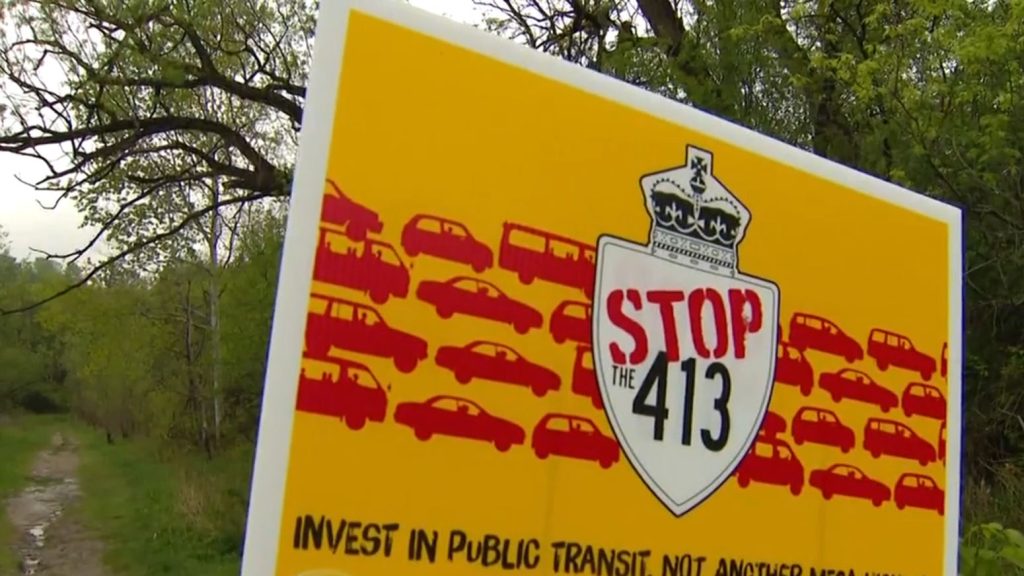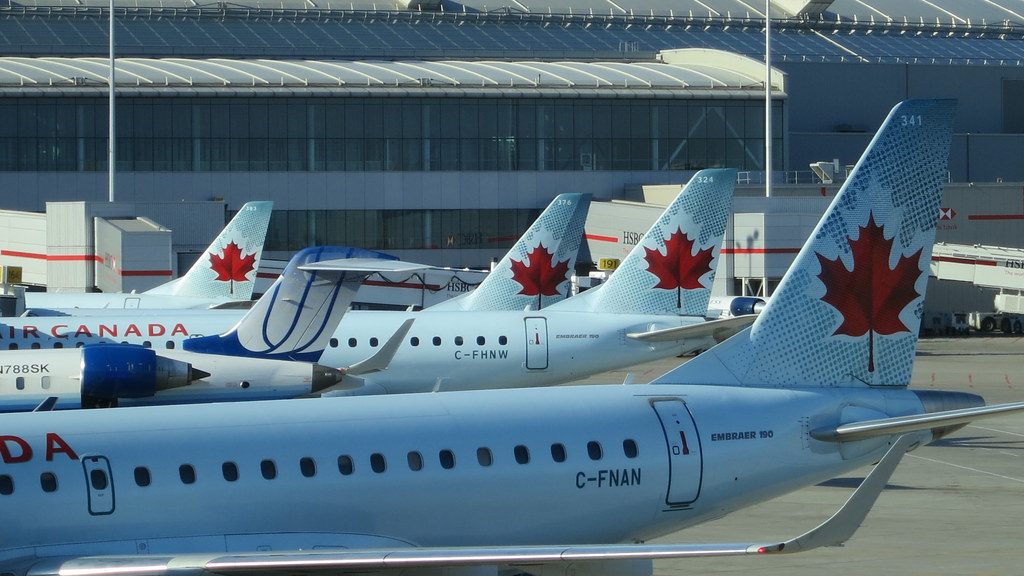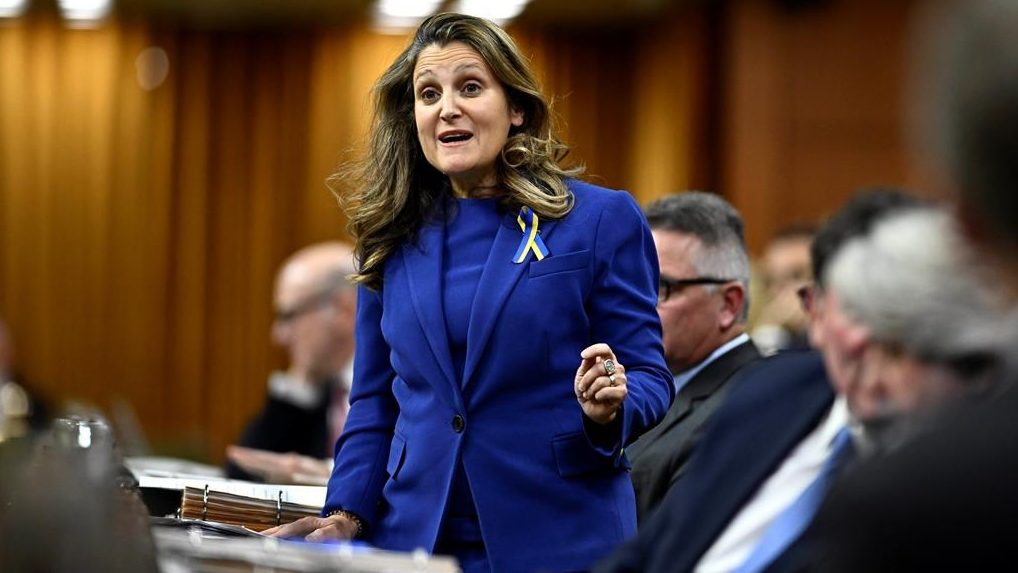Canada & U.S. Ink Softwood Lumber Deal
Posted July 2, 2006 12:00 pm.
This article is more than 5 years old.
A final agreement was signed Saturday, just days before Prime Minister Stephen Harper is scheduled to visit Washington.
Parliament still has to approve the deal and Trade Minister David Emerson is aiming for its passage in October.
Both Canadian and American negotiators are celebrating the near-end to the long-running dispute, but there’s a catch to the deal – the US insisted on an escape clause that would allow either nation to serve notice that it wants out after 23 months and walk away from the deal 13 months later.
Emerson is confident the deal will stand strong.
“The likelihood of this kind of agreement being terminated by a country is extremely remote… for countries to terminate an agreement entered into in good faith is a very, very unusual step,” he said.
The two sides announced that they’d come to a consensus on the trade row in April and critics of the plan claimed the deal gives the Americans too much.
It allows the US to keep about $1 billion of the $5 billion it collected in penalties on Canuck lumber since 2002. It also limits the amount of Canadian product that can be shipped south of the border should American lumber prices fall.
Duties will be replaced by either a border tax that increases as lumber prices drop, or a combination of a tax and quota.
“This agreement resolves concerns on both sides of the border and allows us to focus on the larger positive trade relationship binding our two countries,” US Commerce Secretary Carlos Gutierrez said in a statement.
In a White House statement, US President George W. Bush said he was pleased with Harper’s “strong leadership” on the issue.
But federal NDP trade critic Peter Julian said Canada is getting the short end of the stick in the deal.
“It’s just surprisingly irresponsible that on this Canada Day the Harper government would choose to betray Canadians’ interests and (those of) softwood communities in this way,” he said.










